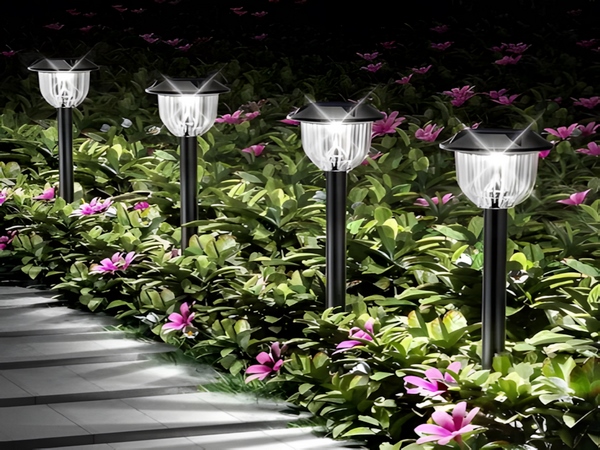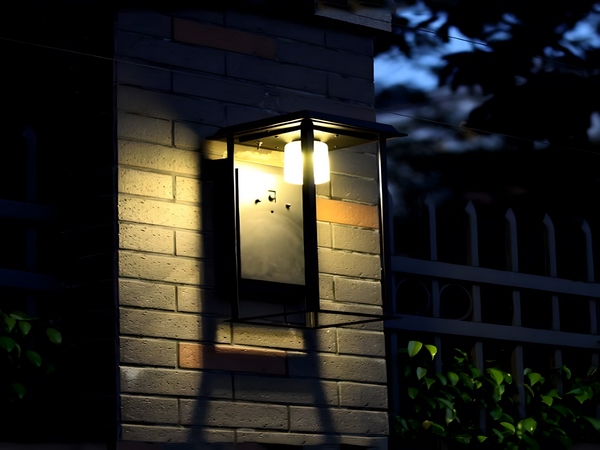
Resource conservation is the main theme of this era. Taking streetlights as an example, they play an important role in people’s nightlife. Without them, people cannot enjoy a pleasant evening. Solar streetlights symbolize safety and warmth. With solar streetlights at night, activities like walking, chatting, exercising, playing cards, and dancing become more colorful and enriching. However, after the installation of solar streetlights, acceptance testing is necessary before they are officially put into use. So what are the installation acceptance standards for solar streetlights? Below, Century Sunshine Lighting will introduce this topic.
Installation acceptance standards for solar streetlights:
1. Before the trial operation of solar streetlights, check whether the lamp poles, lamps, solar panels, controllers, and batteries meet the design requirements regarding model and specifications.

2. The position of the lamp pole should be reasonable and perpendicular to the ground.
3. Check if the azimuth and tilt angle of the solar panel assembly meet the design requirements (solar panels should face south with a 5° deviation to the west) and ensure there are no obvious obstructions.
4. The settings of the solar streetlight controller should comply with design requirements.
5. The surface of the hot-dip galvanized and painted layers of the lamp poles and arms should be smooth, without any damage.
6. The foundation dimensions, elevation, and concrete strength grade should meet design requirements.
7. The installation of the lamp arms should be perpendicular to the centerline of the road and securely fixed. When installing on the pole, the height of the lamp arm should meet design requirements, and the tension of the wires should be consistent.
8. The longitudinal centerline of the lamp fixture should align with the centerline of the lamp arm, and the transverse centerline of the fixture should be parallel to the ground. The projection angle of the floodlight should be appropriately adjusted, and the average brightness and illumination level of the LED lights should meet design requirements.
9. Metal lamp poles, solar panel frames, brackets, etc., should have grounding protection, and the grounding wire must be securely fastened.
10. The diagonal dimensions of the flange should comply with the design drawings.

11. The lamp poles should meet the wind load calculations and requirements specified in national standards.
12. The anti-theft and lightning protection measures for the streetlights should be complete.
The above installation acceptance standards for solar streetlights have been shared. In summary, the use of solar streetlights allows users to break free from the constraints of electricity, avoiding issues like unstable illumination due to unstable AC power or power outages, and eliminating worries about low voltage during peak electricity usage.



